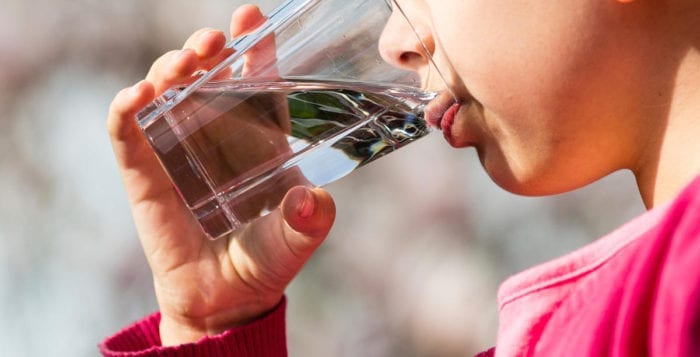By Nancy Marr
In July 2015, New York State Chief Judge Jonathan Lippman made permanent the Commission to Expand Access to Civil Legal Services in New York. To measure the impact of the justice gap on vulnerable litigants and others, a task force had been created in 2010 to assess the extent and nature of the state’s civil legal services crisis.
It held public hearings with civil legal providers, law firms, law schools and other stakeholders statewide and determined that the chronic lack of free and low-cost legal assistance has led to a crisis in the courts, reflected by the ever-rising number of unrepresented litigants in these cases whose incomes are too low to pay for legal representation (a low-income family of four in New York State earns about 125 percent of the poverty level of $25,750).
The mission of the commission is to ensure access to justice for all by using every resource, including self-help services, pro bono programs, technological tools and adequate funding (now $100 million of dedicated state funds annually for civil legal services throughout New York State). In order to add more pro bono attorneys, the commission amended the Rules of Professional Conduct to recommend an increase of annual pro bono hours for lawyers and for law school graduates seeking admission to the New York State bar from 10 to 50.
The commission sought a site for a local pilot in which a strategic action plan could be developed; its goal would be providing effective assistance to all the persons in need and its success could then inform similar efforts in communities statewide.
Looking at Suffolk County it found significant assets: a supportive judiciary, engaged providers, an active bar association and an involved law school that provides a variety of legal clinics for residents and trainings for legal service providers are significant assets.
Suffolk’s challenges include its geography, the highest number of veterans in the state, a high percentage of homeless persons and many unaccompanied minors. A substantial percentage of the population speaks a language other than English at home.
Because the needs of many community members were still unmet, Suffolk was selected as a pilot. The gaps in legal services in Suffolk County are largest in three areas: family law, immigration and re-entry of veterans and formerly incarcerated individuals. Housing and health care also loom high in need for legal help.
With funding from the Public Welfare Association, under the leadership of Administrative Judge C. Randall Hinrichs, Suffolk County launched its program with the Suffolk Planning Group, including civil legal aid providers, the judiciary, the Suffolk County Bar and Touro Law Center. Prior to starting the program, they held listening sessions, attended by 70 of the community organizations that are points of entry for people seeking help.
Despite the number of service providers, many recognized that they were unfamiliar with each other’s services and that gaps exist that present opportunities for community integration and resource awareness. Training will be provided for these organizations and nonlawyer volunteers on how to make effective referrals. Recognizing the importance of talking to people in their own language, and at their level, these organizations can provide assistance to people in need that can prevent the escalation of issues into court matters.
To publicize the legal resources that exist in Suffolk, and make it easier to navigate the system, the Suffolk Planning Group is soon to launch a website that would include offerings of the many legal service providers and advocacy groups. The two centers for help are Brentwood Public Library, 34 Second Ave., Brentwood, and Middle Country Public Library, 575 Middle Country Road, Selden. Suffolk residents may call 631-822-3272 for appointments with attorneys who provide advice in areas of law to persons in need. Informational materials are available at the centers, as well as training videos.
The intersections between individuals and the civil justice system are complex. As we begin to break down barriers, we can enable everyone to access the information and effective assistance they need, and in a form they can use. With an integrated system where communities are empowered; courts participate and support access to justice initiatives; and legal service providers are dedicated to serving those in need, the provision of effective assistance will help people improve their lives.
To view copies of the Community Legal Help Project information flyers in English and in Spanish, visit https://www.lwv-suffolkcounty.org/TakeAction.html.
Nancy Marr is first vice president of the League of Women Voters of Suffolk County, a nonprofit, nonpartisan organization that encourages the informed and active participation of citizens in government and influences public policy through education and advocacy. For more information, visit www.lwv-suffolkcounty.org or call 631-862-6860.


















